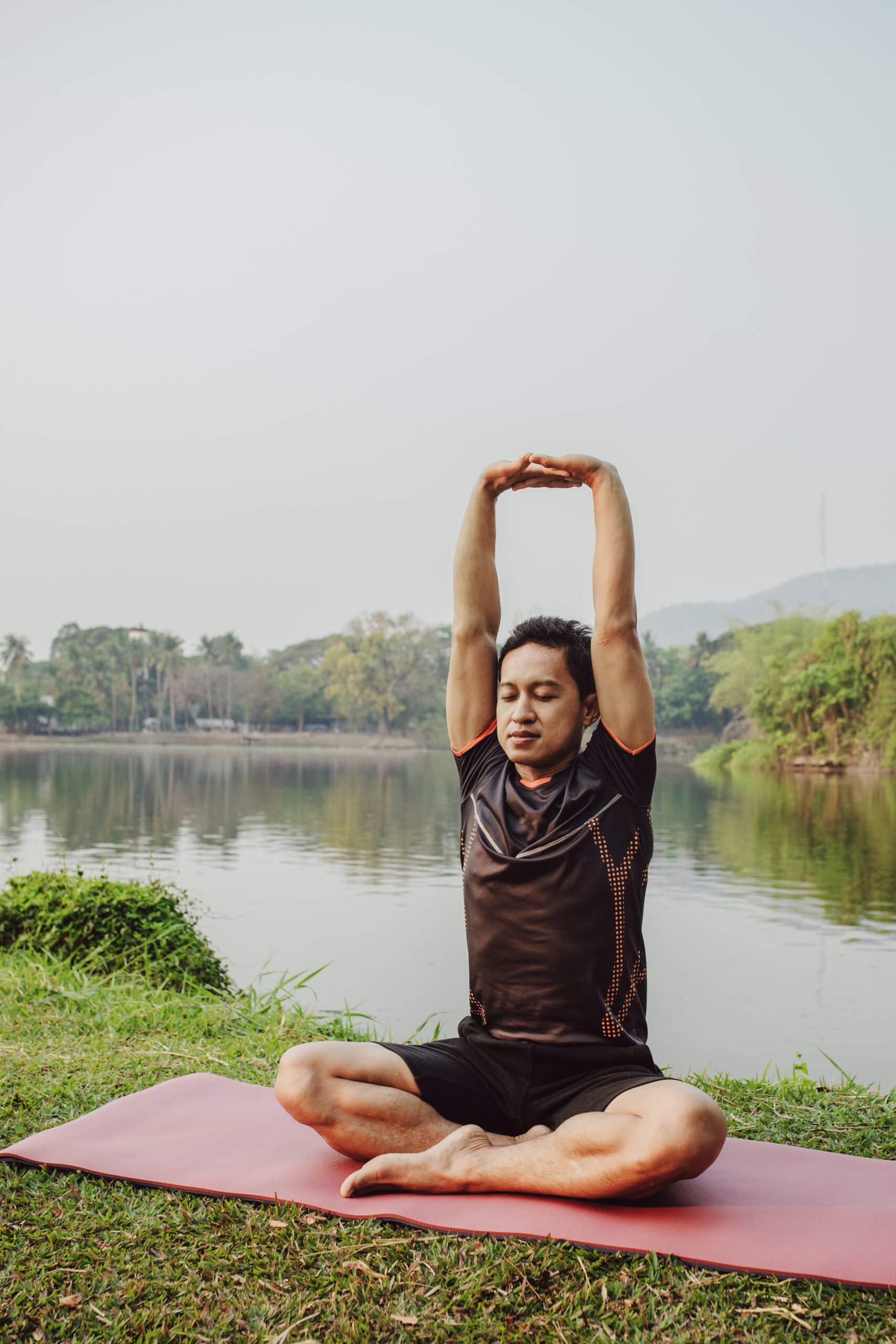Yoga was once taught and practiced in remote places called ashrams under the direct supervision of a guru, but Yoga today is a subject of worldwide interest.
In yoga, one has to learn to control his mind and master his senses. Yoga is the most scientific technique of developing an integral personality comprising of body, mind and soul as miraculous powers can be achieved through breath control and mental concentration.
Yoga is the science and art of perfect health as it has great potential values contributing to man’s freedom from pain, miseries, worries, and anxieties ensuring positive thinking leading to mentally and socially balanced and peaceful life.
YOGA consists of —
- 1) Hatha yoga, which consists of asanas (body postures),
- 2) Pranayams (breath control),
- 3) Kriyas,
- 4) Bandhas, and
- 5) Meditation
It has proved to be of great help in treating certain ailments as shown by the scientific investigations carried out in India and elsewhere.
The sole purpose of writing this BLOG is to apprise the readers of the usefulness of various important asanas in the additional management of certain chronic ENT ailments.
1) Ushtra Asana (The CAMEL POSE)
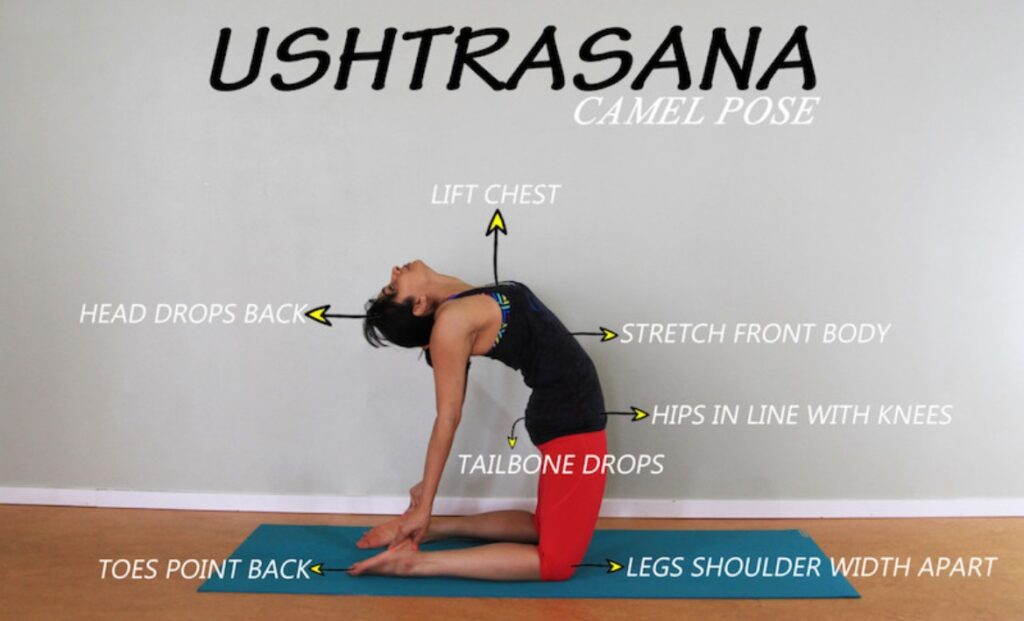
Ushtra means a camel. First be seated on the soft floor, fold the legs at the knees keeping the thighs and the feet together. The toes should be pointing back and resting on the floor. Rest the palms on the hips, stretch the thighs, curve the spine back and extend the ribs. Now place the right palm over the right heel and left palm over the left heel.
Benefits of this Asana
Ustrasana stretches the throat and chest, improving respiratory function and relieving throat-related issues.
It activates the facial tissues, the nasal passages, the pharynx, and the whole of the respiratory organs and the nerves.
People suffering from throat troubles, voice effects, thyroid disorders, and chronic headaches will find this asana very beneficial.
2) Matsya Asana
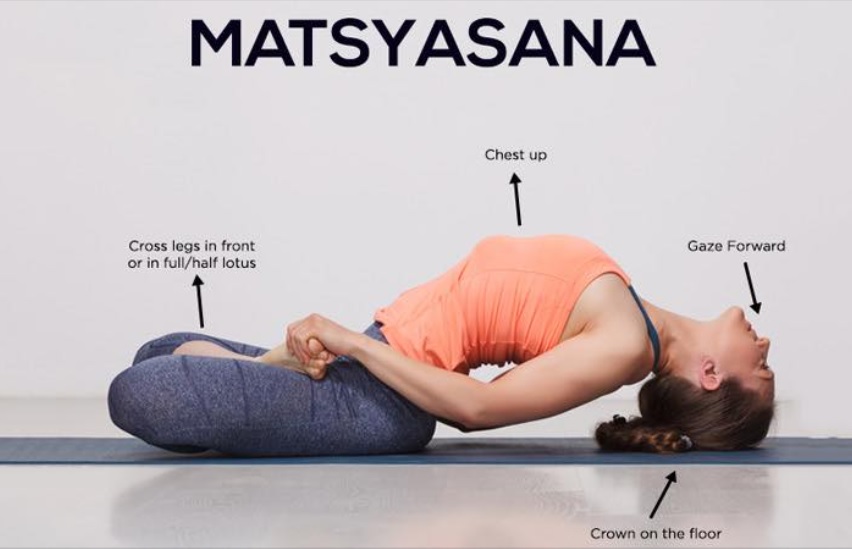
Matsya means a fish. First, sit in a lotus pose and then lie down on your back. After making the spine, neck, and head fall on the floor completely, let the thighs also fall down. Arch the back by lifting the neck and the chest, take the head back, and rest the crown on the floor. Stay in that form for 30- 60 sec while breathing deeply.
Benefits of this Asana
Matsyasana is excellent for opening the throat and chest, which can help alleviate symptoms of sore throat and respiratory issues.
It corrects the disorders of the respiratory system as a whole because all the organs concerned with respiration such as nasal passages, pharynx, larynx, trachea, bronchi and the lungs are well exercised during this asana.
3) Sarvanga Asana
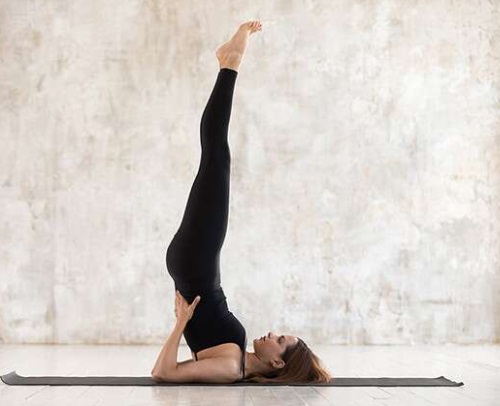
Lie down on your back on the floor, keep the palms down and nearer to the body, bring the heels and the toes together while looking towards the ceiling. Start inhaling and lifting both the legs together towards ceiling till the legs are at a perpendicular position. Now bring both palms under the hips and raise whole body upwards by pushing it with both the hands while exhaling.
Go as high as the body permits and stay there breathing normally, then gradually move the palms towards the hips and let the body come down slowly on the floor.
Benefits of this Asana
Sarvanga asana is one of the most valued asanas of the Hatha yoga. It is the mother of asanas and is a panacea for most common ailments. Sarvangasana is known as the queen of asanas due to its numerous benefits, including relief from nasal congestion and improved thyroid function.
It is very useful asana for the persons suffering from respiratory problems such as asthma, bronchitis, throat ailments, and chronic headaches.
Regular practice of this asana eradicates common cold and other minor nasal disorders besides correcting disorders of the circulatory system.
4) Hal Asana (Plow Pose)
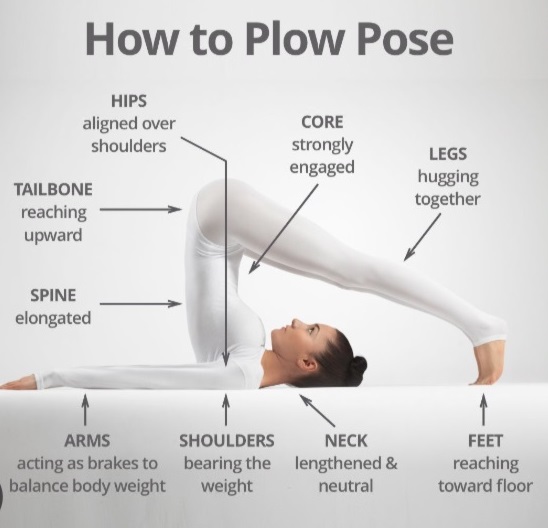
Halasana is effective in stimulating the thyroid gland, improving blood circulation, and reducing sinus pressure. To perform Halasana:
- Lie on your back with your arms beside you, palms facing down.
- Lift your legs off the floor and bring them over your head until your toes touch the floor behind you.
- Hold the position for a few breaths, keeping your back straight.
- Slowly return to the starting position.
5) Janu Sirsasana (Head-to-Knee Pose)
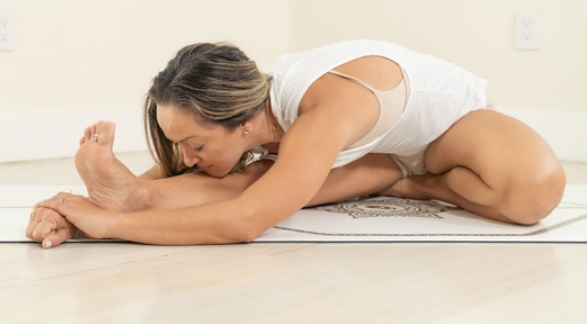
This asana helps in relieving sinus pressure and promotes relaxation.
To perform Janu Sirsasana:
- Sit on the floor with your legs extended.
- Bend one knee, placing the sole of your foot against the inner thigh of the opposite leg.
- Inhale, lengthen your spine, and exhale, bending forward to reach your head towards the knee.
- Hold for a few breaths and repeat on the other side.
6) Bhujangasana (Cobra Pose)
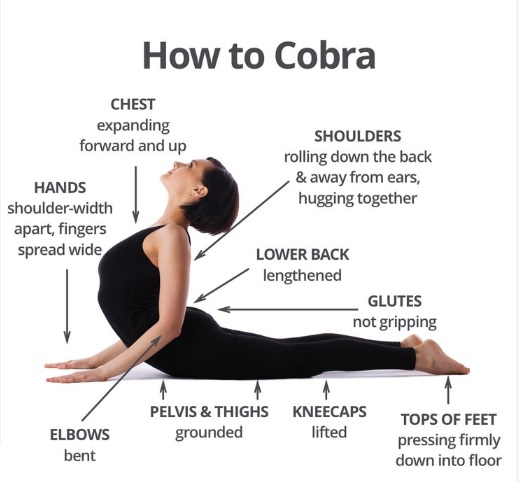
Bhujangasana helps in opening the chest and clearing nasal passages, providing relief from sinusitis.
To perform Bhujangasana:
- Lie on your stomach with your hands under your shoulders.
- Inhale, lift your chest off the floor, and straighten your arms, keeping your elbows slightly bent.
- Hold the position for a few breaths and gently lower yourself back to the floor.
7) Adho Mukha Svanasana (Downward-Facing Dog Pose)
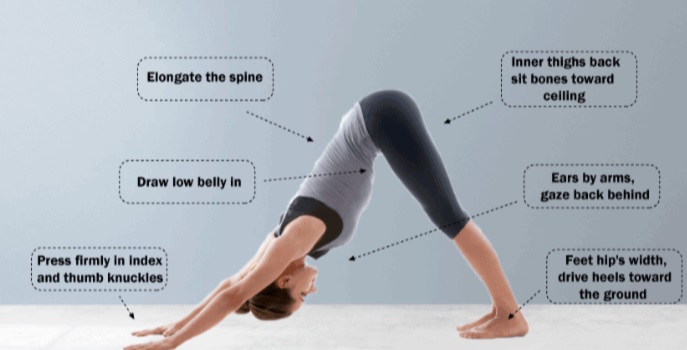
This pose improves blood circulation to the head, helping to clear sinuses and relieve headaches.
To perform Adho Mukha Svanasana:
- Start on your hands and knees.
- Lift your hips towards the ceiling, forming an inverted V-shape with your body.
- Keep your hands shoulder-width apart and your feet hip-width apart.
- Hold the position for a few breaths.
8) Setu Bandhasana (Bridge Pose)
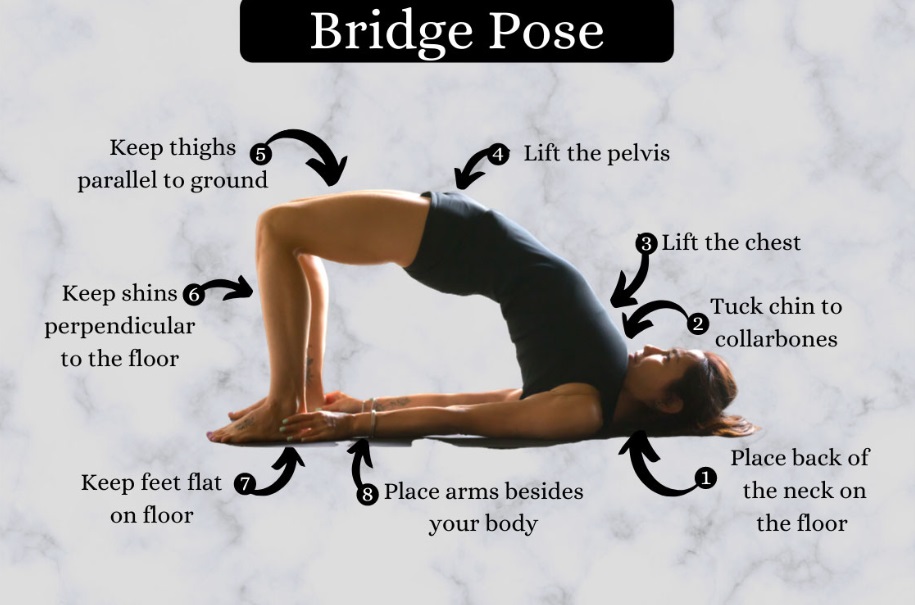
Setu Bandhasana opens the chest and improves thyroid function, which can help in alleviating ENT ailments.
To perform Setu Bandhasana:
- Lie on your back with your knees bent and feet flat on the floor.
- Lift your hips towards the ceiling, pressing your feet and arms into the floor.
- Hold the position for a few breaths and gently lower your hips back to the floor.
Thank You
MEDICAL ADVICE DISCLAIMER:
This blog including information, content, references, and opinions is for informational purposes only.
The Author does not provide any medical advice on this platform.
Viewing, accessing, or reading this blog does not establish any doctor-patient relationship.
The information in this blog does not replace the services and opinions of a qualified medical professional who examines you and prescribes medicines.
If you have any questions of a medical nature, please refer to your doctor or the qualified medical personnel for evaluation and management at a clinic/hospital near you.
The content provided in this blog represents the Author’s own interpretation of research articles.
